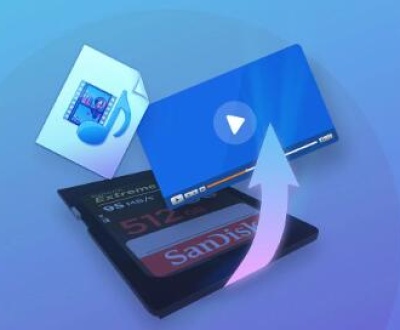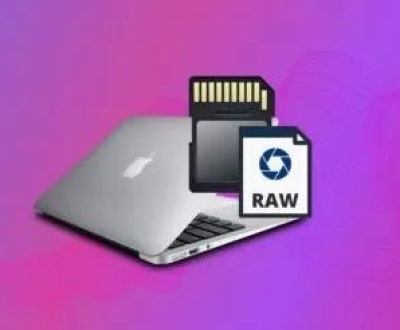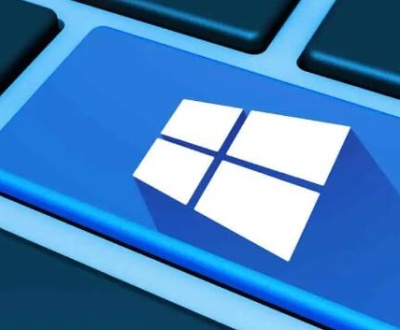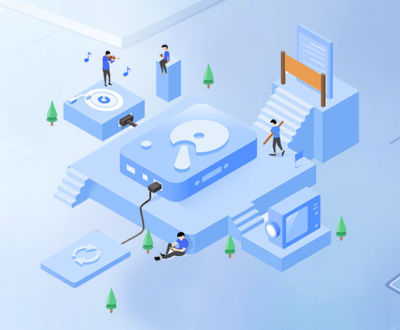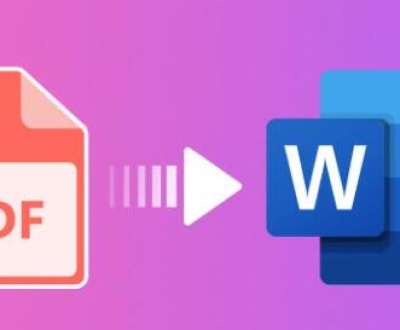Partitions are like drawers in a cabinet. They organize data for easier management, help run multiple operating systems, and streamline backups. When one drawer disappears, everything inside feels out of reach. But before you give up hope or shell out hundreds of dollars on recovery services, it’s essential to know that free partition recovery programs exist and are incredibly effective.
Today, free tools often rival the capabilities of expensive commercial software. They’re not only powerful but user-friendly and continuously updated by passionate communities and open-source contributors. Whether you’re a student who accidentally deleted a Linux partition or a professional recovering from a failed Windows upgrade, there’s a solution available.
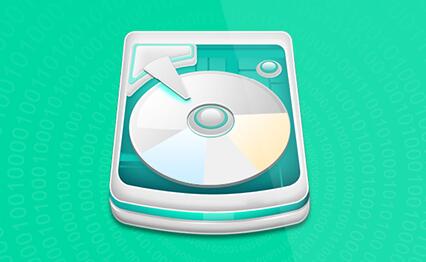
Partition Loss
Before diving into recovery tools, it’s important to understand how partitions are lost:
Common Causes of Partition Loss
Accidental Deletion – Mistakenly removing a partition in Disk Management.
Formatting Mistakes – Selecting the wrong drive letter during OS installation or formatting.
Virus Attacks – Malware may corrupt the partition table or file system.
Power Failures – Unexpected shutdowns during partition operations can cause corruption.
System Crashes – Software conflicts or crashes during partition resizing or migration.
Bad Sectors or Drive Failure – Physical degradation can render partitions unreadable.
Symptoms of Lost or Damaged Partitions
The partition no longer appears in File Explorer.
Windows prompts you to format a drive you know contains data.
Disk Management shows “Unallocated” or “RAW” space.
Boot errors or blue screens of death occur.
Files and folders are inaccessible despite the drive being connected.
Fortunately, in many cases, the data is still intact—it’s the metadata (like the partition table or file system) that is damaged. This is where partition recovery programs are invaluable.
Top Free Partition Recovery Programs
TestDisk (Open Source)
Platform: Windows, Linux, macOS
Best for: Advanced users and full partition table recovery
Pros:
Supports various file systems including NTFS, FAT32. exFAT, ext2/3/4. and HFS+
Recovers lost partitions and restores bootable disks
Command-line interface suitable for technical users
Cons:
Not user-friendly for beginners
No graphical user interface
How to Use:
Download and extract TestDisk.
Run it as Administrator.
Select the disk, let it detect the partition table type.
Choose “Analyze” > “Quick Search” > “Deeper Search” if needed.
Select the partition to recover, press Enter, and write the new partition structure.
MiniTool Partition Wizard Free
Platform: Windows
Best for: Beginners and simple recoveries
Pros:
Easy-to-use graphical interface
Supports preview before recovery
Includes partition management features
Cons:
Newer versions restrict recovery to paid tiers
Tip: Use version 10.2.2 for full recovery features for free.
How to Use:
Install version 10.2.2.
Launch and open “Partition Recovery Wizard.”
Select the target disk, scan for lost partitions.
Preview and recover the selected partition.
EaseUS Partition Recovery
Platform: Windows
Best for: Simple and guided recoveries
Pros:
Step-by-step recovery wizard
Effective for accidental deletions
Supports quick and deep scan modes
Cons:
Free version limits recovery size
Frequent upsell prompts
How to Use:
Install the software.
Choose the affected drive, initiate a scan.
Select found partitions and restore them with one click.
AOMEI Partition Assistant Standard
Platform: Windows
Best for: All-in-one partition management
Website: https://www.ubackup.com/
Pros:
Clean, modern interface
Includes partition formatting, resizing, merging
Trusted tool for daily disk management
Cons:
Free version may lack full recovery features
Slower scanning speed
How to Use:
Open AOMEI Partition Assistant.
Use “Partition Recovery Wizard.”
Scan the disk and follow on-screen instructions to recover.
DiskGenius Free
Platform: Windows
Best for: File and partition recovery
Pros:
Recover files and partitions together
Repair boot sectors and partition tables
Includes a hex editor and advanced options
Cons:
Slightly outdated UI
Might overwhelm beginners
How to Use:
Launch DiskGenius.
Right-click on unallocated space > “Search Lost Partitions.”
Preview and restore recovered partitions.
Step-by-Step Partition Recovery Example Using TestDisk
Imagine you accidentally deleted a partition from your secondary drive.
Download TestDisk from cgsecurity.org.
Run “testdisk_win.exe.”
Select “Create” to begin a new log file.
Choose the affected disk.
Accept the detected partition table type.
Select “Analyze” > “Quick Search.”
If found, press “P” to list files (optional).
Press Enter, choose “Write” to restore partition structure.
Reboot the system. The partition should now appear.
Preventing Future Partition Loss
Regular Backups
Utilize Windows File History, Time Machine, or cloud storage options like OneDrive and Google Drive.
Disk Imaging
Clone entire drives with tools like Macrium Reflect or Clonezilla.
Cautious Partition Management
Always verify the disk and partition before applying changes. Label your partitions for clarity.
Antivirus Protection
Ensure your system is shielded from malware capable of modifying or deleting partitions.
Use Uninterruptible Power Supply (UPS)
Power disruptions during disk operations can corrupt partitions. A UPS ensures continuous power.
When Free Tools Aren’t Enough
Free tools are powerful but may fall short when dealing with:
Severely corrupted file systems
Physically damaged drives
Encrypted or RAID partitions
In such cases, consider premium software like Stellar Data Recovery, R-Studio, or consult professional data recovery services.
Partition loss can be devastating, but it doesn’t have to be permanent. With the right tools and strategies, recovery is often possible without spending a dime. From advanced command-line solutions like TestDisk to user-friendly interfaces like MiniTool and EaseUS, a wide array of free programs can recover lost partitions with surprising efficiency.
About us and this blog
Panda Assistant is built on the latest data recovery algorithms, ensuring that no file is too damaged, too lost, or too corrupted to be recovered.
Request a free quote
We believe that data recovery shouldn’t be a daunting task. That’s why we’ve designed Panda Assistant to be as easy to use as it is powerful. With a few clicks, you can initiate a scan, preview recoverable files, and restore your data all within a matter of minutes.
Subscribe to our newsletter!
More from our blog
See all postsRecent Posts
- Retrieve deleted videos from sd card 2025-04-25
- How to retrieve damaged sd card? 2025-04-25
- Retrieve photos from sd card 2025-04-25

 Try lt Free
Try lt Free Recovery success rate of up to
Recovery success rate of up to

